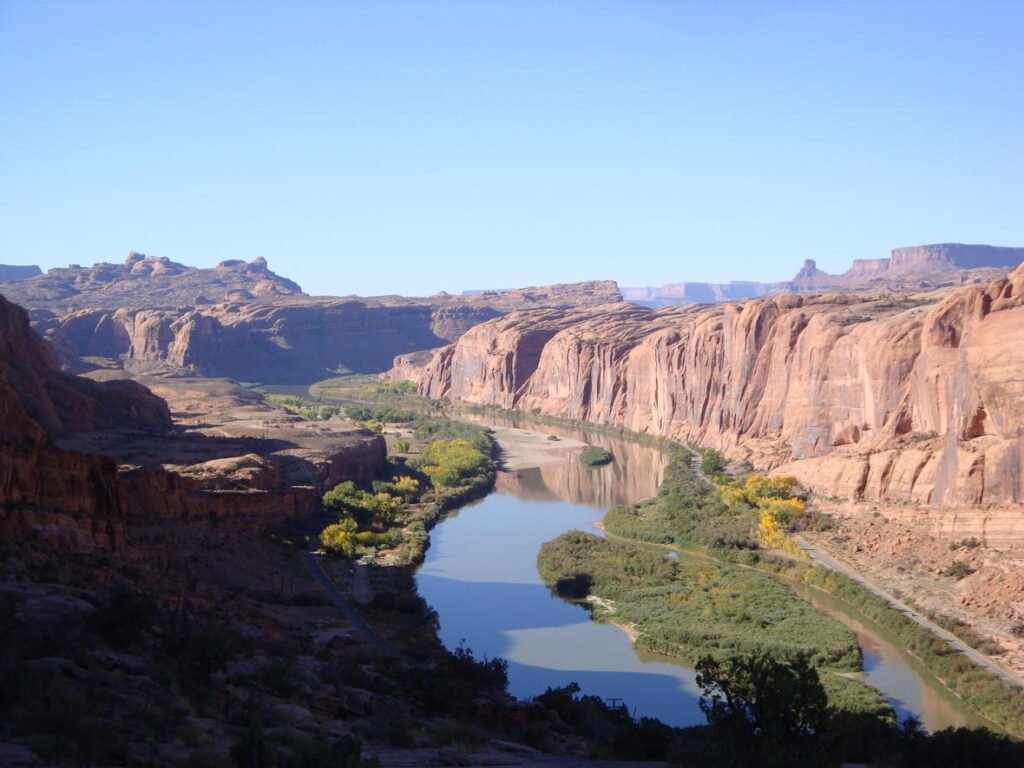Rivers are not merely bodies of water flowing through the land; they are dynamic forces that shape and sculpt the landscape over millennia. From carving deep canyons to depositing fertile sediments, rivers play a crucial role in shaping the Earth’s surface. In this extensive exploration, we delve into the intricate ways rivers influence the landscape, combining geological insights with environmental impacts and technological perspectives.
Introduction
Rivers are lifelines of the planet, etching their paths through diverse terrains, from towering mountains to expansive plains. Their journey from source to mouth is a story of erosion, transportation, and deposition—a story that unfolds across landscapes, leaving behind a mosaic of features that define our world.
Chapter 1: The Geological Processes at Play
- Erosion and Weathering: How rivers wear down rocks and minerals, transforming landscapes over geological timescales.
- Fluvial Landforms: Exploring features like river valleys, gorges, and waterfalls formed through erosion and deposition.
- River Dynamics: The physics behind river flow, including velocity, discharge, and sediment transport.
Chapter 2: Shaping the Terrain: Landforms Carved by Rivers
- Canyon Formation: Case studies of iconic canyons like the Grand Canyon, showcasing the power of river erosion.
- Meanders and Oxbow Lakes: How rivers curve and bend, creating distinctive patterns in floodplains.
- Delta Formation: The creation of deltas as rivers deposit sediments at their mouths, shaping fertile plains and coastal landscapes.
Chapter 3: The Ecological Impact of Rivers
- Riparian Zones: Exploring the rich ecosystems supported by riversides and their importance in biodiversity conservation.
- Fisheries and Aquatic Life: How rivers sustain diverse fish populations and the challenges they face in a changing environment.
- Water Quality and Pollution: The environmental threats to river ecosystems and efforts in river restoration and conservation.

Chapter 4: Human Interaction and Technological Advances
- Hydropower Generation: The role of rivers in renewable energy production and the technological advancements in hydropower.
- Navigation and Trade: Historical significance of rivers as trade routes and modern-day navigation challenges and innovations.
- Flood Management: Strategies for mitigating flood risks and engineering solutions to harness river resources sustainably.
Chapter 5: Cultural and Recreational Significance
- River in Art and Literature: How rivers inspire creativity and cultural narratives across civilizations.
- Recreational Activities: Popular river-based activities such as rafting, kayaking, and eco-tourism opportunities.
- River Conservation Movements: Case studies of successful river conservation projects and community engagement.
Rivers are often seen as peaceful ribbons of water winding through the landscape. But beneath the serene surface lies a powerful sculptor, relentlessly shaping the land over millennia. From the Grand Canyon’s dizzying depths to the fertile deltas of the Nile, rivers are the ultimate architects of our planet’s ever-changing form.
The Three Acts of a River’s Work
Imagine a river’s journey as a three-act play:
- Act 1: The Energetic Youth (Upper Course) – Here, in the mountains or highlands, the river is young and vigorous. Its fast-flowing water, armed with rocks and debris, carves through the bedrock. V-shaped valleys and waterfalls mark this turbulent phase.
- Act 2: The Meandering Middle Age (Middle Course) – As the river descends, its pace slows. It starts carving sideways, creating those beautiful bends known as meanders. The eroded material is carried downstream as sediment. Floodplains, formed by deposited sediments, become fertile lands perfect for agriculture.
- Act 3: The Serene Old Age (Lower Course) – Reaching the lowlands, the river loses its cutting power. Here, it deposits all the accumulated sediment, forming vast deltas that extend into the sea or lakes. These deltas, rich in nutrients, become cradles of civilization as seen in the Nile Delta’s historical significance.
Beyond the Basics: A River’s Toolbox
A river’s sculpting ability comes from a combination of factors:
- Erosion: Imagine sandpaper constantly rubbing against rock. That’s the power of erosion, where water and sediment wear down the landscape.
- Transportation: The river is a tireless carrier, transporting eroded material downstream, shaping the land further.
- Deposition: As the flow slows, the river can no longer carry everything. This deposited sediment creates new landforms like floodplains and deltas.
A Dynamic Dance: Change is Constant
Rivers are not static entities. They constantly adjust their courses, creating features like oxbow lakes (horseshoe-shaped lakes formed when a meander gets cut off) and natural levees (raised banks formed by sediment deposits during floods). Floods play a crucial role in this dynamic dance, reshaping the landscape and renewing the fertility of floodplains.
The Legacy of Rivers: Shaping Lives and Landscapes
The impact of rivers goes beyond sculpting the Earth. They provide vital freshwater resources, create habitats for diverse ecosystems, and influence weather patterns. Throughout history, civilizations have flourished along rivers, using them for transportation, irrigation, and even as natural borders. Understanding how rivers shape the landscape allows us to appreciate their power and the delicate balance they maintain.
So, the next time you see a river, remember – it’s not just a waterway. It’s a testament to the relentless power of nature, a sculptor that has been shaping our world for millions of years.
This blog post offers a starting point for your unique article. You can personalize it further by:
- Adding captivating pictures or infographics of river landforms.
- Highlighting a specific river and its unique features.
- Discussing the challenges of human intervention on rivers (dams, pollution).
- Sharing interesting facts or trivia about rivers.
By delving deeper into this fascinating topic, you can create an informative and engaging piece that will leave your readers with a newfound appreciation for these mighty sculptors of our planet.pen_sparktunesharemore_vert
Conclusion
Rivers continue to shape our landscapes and influence human societies in profound ways. Understanding their geological, ecological, and cultural significance is crucial for sustainable development and environmental stewardship in the mobile technology era

